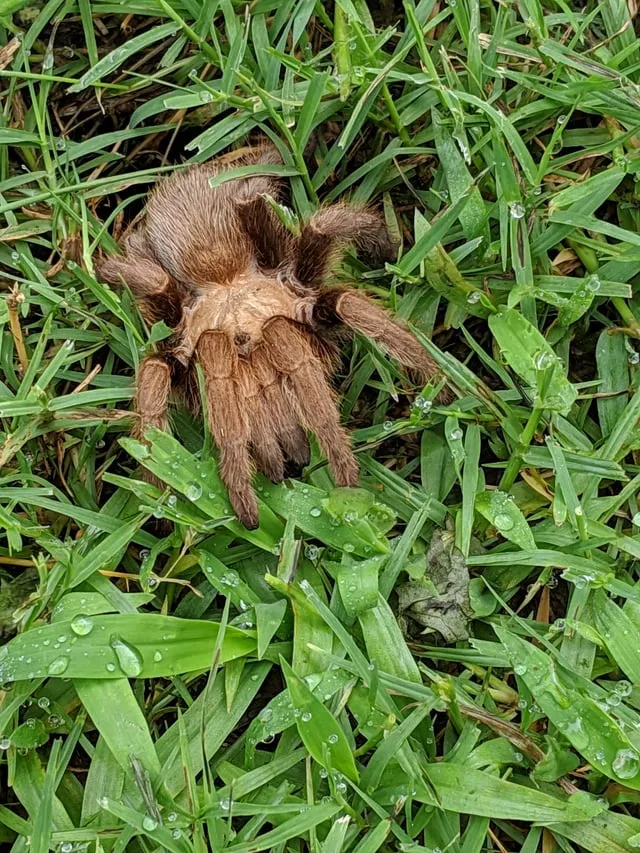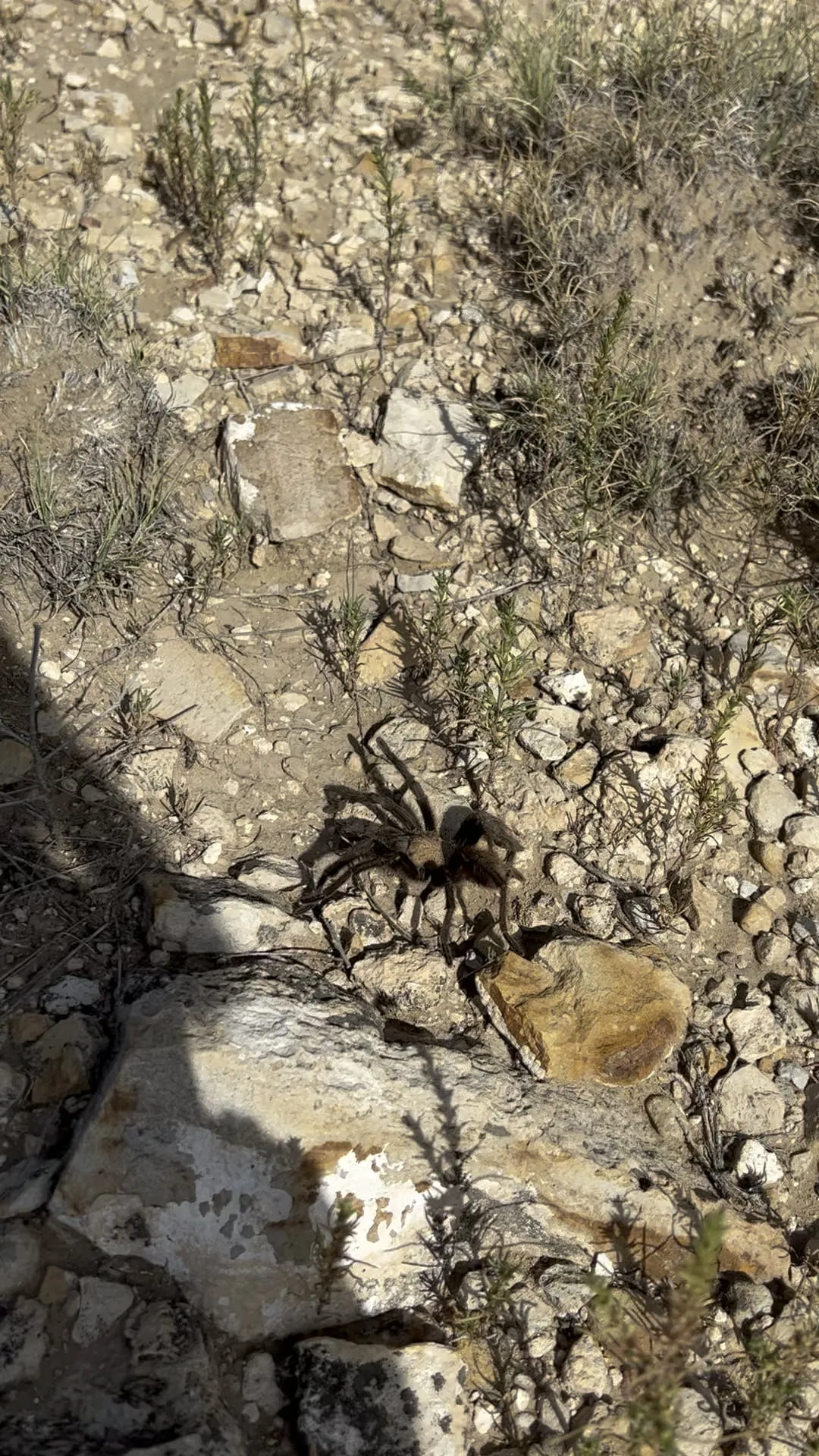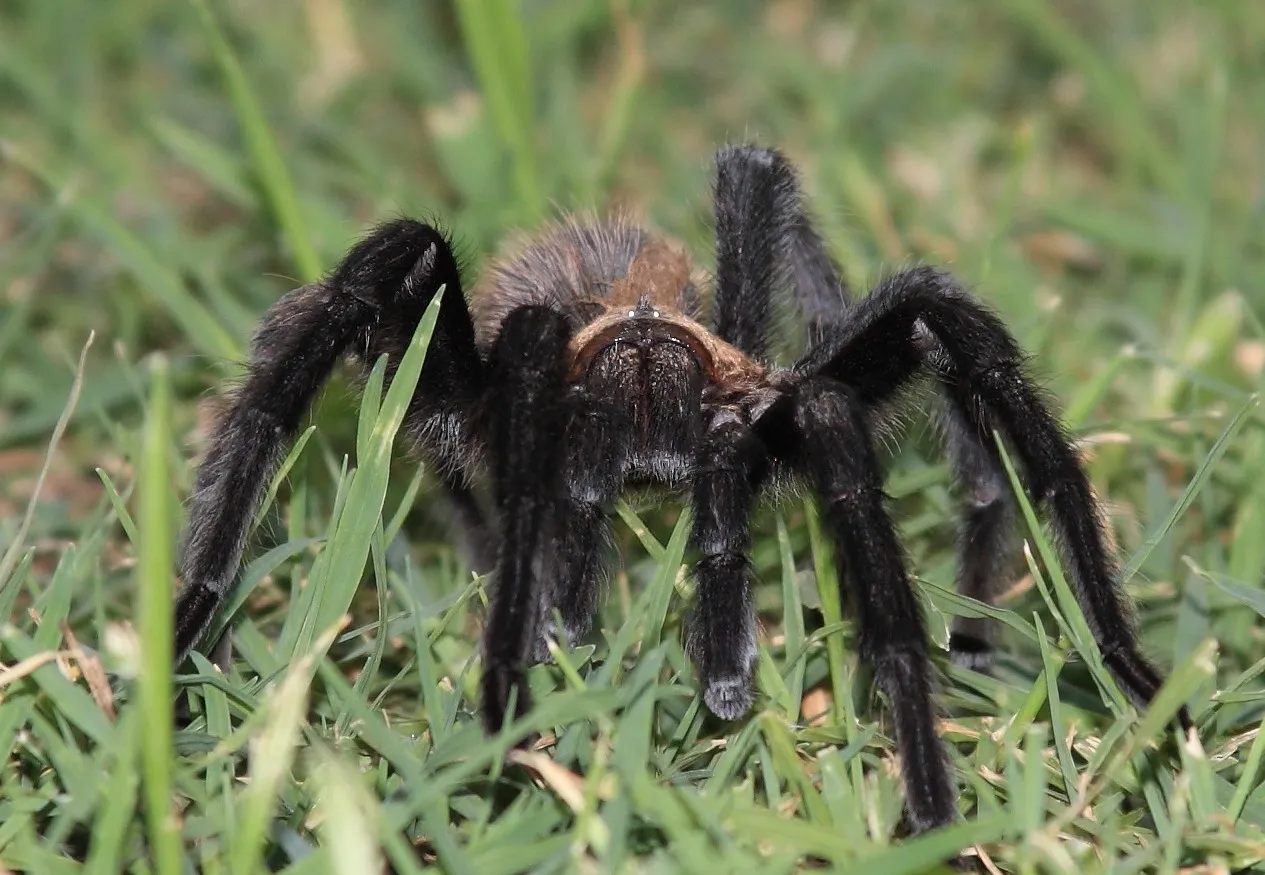What are Oklahoma Tarantulas?
Oklahoma is home to several species of tarantulas, impressive arachnids that often spark curiosity and sometimes, a bit of fear. These large, hairy spiders are a part of the Theraphosidae family, known for their size and, in some cases, vibrant colors. Unlike many spiders, tarantulas are not known for spinning intricate webs to catch prey. Instead, they are ambush predators, relying on their size, speed, and venom to capture insects, and occasionally, small vertebrates. They play a vital role in the ecosystem, helping to control insect populations, and are a fascinating subject for anyone interested in wildlife. Observing these creatures in their natural habitat is a unique experience, offering insight into the complex world of arachnids and their interactions with the environment. Understanding tarantulas, their behavior, and the environment they thrive in enriches our appreciation of Oklahoma’s diverse natural heritage.
Physical Characteristics of Oklahoma Tarantulas
Tarantulas in Oklahoma exhibit several distinct physical traits that set them apart. These spiders are instantly recognizable due to their size and robust build. The body of a tarantula is divided into two main parts the cephalothorax (fused head and thorax) and the abdomen. Covering the body is a dense covering of hairs, which serve as sensory organs detecting air movement, and providing a protective layer. The presence of these hairs is one of the key characteristics that distinguishes tarantulas from other spiders. The legs are long and powerful, adapted for both walking and climbing, enabling the spider to navigate its environment efficiently.
Size and Appearance

Oklahoma tarantulas vary in size, but they are generally quite large compared to other spider species found in the region. Adult females tend to be larger than males. The size of a tarantula is often measured by its leg span the distance from the tip of one leg to the tip of the opposite leg. This can range from 3 to 6 inches or more, depending on the species and the individual’s age and health. The overall appearance is of a stocky spider with a prominent abdomen. They have eight eyes, although their vision is not as acute as their sense of touch, which they use to detect movement and vibrations in their surroundings.
Color Variations
The coloration of Oklahoma tarantulas can vary depending on the species and individual. Common colors include shades of brown, black, and sometimes reddish hues. These colors provide camouflage, blending the spiders with their surroundings and helping them to avoid predators and ambush prey. Some species may have distinct patterns or markings on their bodies and legs, which can aid in identification. The density and color of the hairs covering their bodies contribute to their overall appearance, giving them a fuzzy, somewhat intimidating look. These color variations are a result of both genetic and environmental factors, contributing to the diversity within the tarantula population in Oklahoma.
Where to Find Oklahoma Tarantulas
Tarantulas in Oklahoma can be found in various habitats across the state, particularly in areas that provide suitable conditions for their survival. They are most commonly encountered in regions with relatively undisturbed environments, such as grasslands, woodlands, and scrublands. Understanding their preferred habitats is key to finding these spiders. They require areas with suitable soil for burrowing, a stable food supply, and protection from extreme weather conditions. Certain regions of Oklahoma, with specific geographical and ecological features, are more likely to support tarantula populations, making them prime spots for sightings.
Oklahoma Tarantula Habitats

The ideal habitat for Oklahoma tarantulas includes areas with well-drained soil, where they can construct their burrows. These burrows provide shelter from the elements and a safe place to ambush prey. They often choose locations near rocks, roots, or other natural features that offer additional cover and support for their burrows. The presence of adequate vegetation cover is also essential, providing shade and helping to maintain a stable microclimate. While they are adaptable to a variety of settings, the availability of these specific environmental components is critical for supporting a healthy tarantula population in Oklahoma.
Best Times to Spot Tarantulas
The best time to spot Oklahoma tarantulas is typically during the late summer and early fall months, particularly from August to October. This is the mating season for many species, and during this period, adult males are often seen actively searching for mates. They may be observed wandering across the ground, especially after dusk, making them more visible. Observing tarantulas requires patience and a keen eye. Checking their habitat during the mating season significantly increases the chance of witnessing these fascinating creatures in their natural setting.
The Behavior of Oklahoma Tarantulas
The behavior of Oklahoma tarantulas is fascinating, characterized by their solitary nature, ambush hunting techniques, and unique defense mechanisms. They spend much of their time in burrows, emerging primarily at dusk and during the night to hunt or search for mates. Their behavior is carefully tuned to maximize their chances of survival, from the way they build their homes to their interactions with the environment. Their habits reveal how well they have adapted to their environment, helping them survive and thrive in the wild. Studying these behaviors can offer insights into their life cycle, social interactions, and the challenges they face in the ecosystem.
Diet and Feeding Habits

Oklahoma tarantulas are primarily carnivores, with their diet consisting mainly of insects and other arthropods. They are opportunistic hunters, ambushing prey that comes within range of their burrows. Once a prey item is close enough, the tarantula will quickly pounce and inject venom to immobilize it. They use their chelicerae (fangs) to inject venom, which both paralyzes the prey and begins the process of digestion. After the venom takes effect, they feed by breaking down the prey’s body with digestive enzymes, then sucking up the liquefied nutrients. Larger tarantulas can occasionally prey on small vertebrates like lizards and rodents. Their feeding habits play a crucial role in controlling insect populations in their ecosystems.
Defense Mechanisms of Oklahoma Tarantulas
Oklahoma tarantulas possess several defense mechanisms to protect themselves from predators. Their primary defense is their ability to quickly retreat into their burrows. They also have the ability to flick urticating hairs from their abdomens. These hairs are barbed and can cause intense irritation to the skin and eyes of potential threats. In addition to these physical defenses, tarantulas can also bite, though they generally prefer to avoid confrontation. The venom of Oklahoma tarantulas is not considered lethal to humans, but their bite can be painful. Their defense strategies are essential for their survival in an environment where they can be vulnerable to larger animals.
Are Oklahoma Tarantulas Dangerous?
The question of whether Oklahoma tarantulas are dangerous is a common concern. While their size and appearance may seem intimidating, their behavior is generally not aggressive towards humans. They are not typically prone to biting unless they feel threatened or provoked. The venom of Oklahoma tarantulas is not considered deadly to humans, and any bite is more likely to cause localized pain and discomfort than serious health complications. The greatest risk is associated with the urticating hairs, which can cause skin irritation and itching. Understanding the actual risks posed by these spiders is key to appreciating their role in the ecosystem while respecting their space and natural behaviors.
Venom and Bites

The venom of Oklahoma tarantulas is designed to subdue their prey, not to be a significant threat to humans. A bite from a tarantula may feel similar to a bee sting, with localized pain, redness, and swelling. While there is a risk of allergic reaction in some individuals, severe reactions are extremely rare. If bitten, it is essential to clean the wound with soap and water and monitor for signs of infection. Avoiding any unnecessary interaction with tarantulas is the best way to prevent bites, and understanding how the venom works reduces unnecessary fear. The focus should be on responsible interaction and respect for these creatures, not fear of their bite.
First Aid and Prevention
If bitten by an Oklahoma tarantula, immediate first aid should be administered. Clean the bite area thoroughly with soap and water to minimize the risk of infection. Applying a cold compress can help reduce pain and swelling. It is also advisable to seek medical attention if you experience severe symptoms such as difficulty breathing, dizziness, or excessive swelling. Prevention includes being cautious when exploring habitats known to house tarantulas, wearing protective clothing, and avoiding direct contact with the spiders. Respecting their space is crucial to avoiding bites. Knowledge about tarantula behavior helps reduce the risk of encountering them in a manner that leads to defensive behavior, safeguarding both the individual and the spider.
Conservation Status of Oklahoma Tarantulas
The conservation status of Oklahoma tarantulas is not currently considered to be under threat. However, monitoring their populations and the habitats they rely on is essential to ensure their continued survival. The primary threats to tarantulas include habitat loss and fragmentation due to development and agricultural practices. Climate change may also impact their distribution and behavior. Protecting their habitats through conservation efforts is important for maintaining biodiversity and ecosystem health. Promoting public awareness about the role of tarantulas in the ecosystem can also help support conservation. By understanding the challenges these spiders face, we can take steps to protect them and ensure their existence for future generations.
